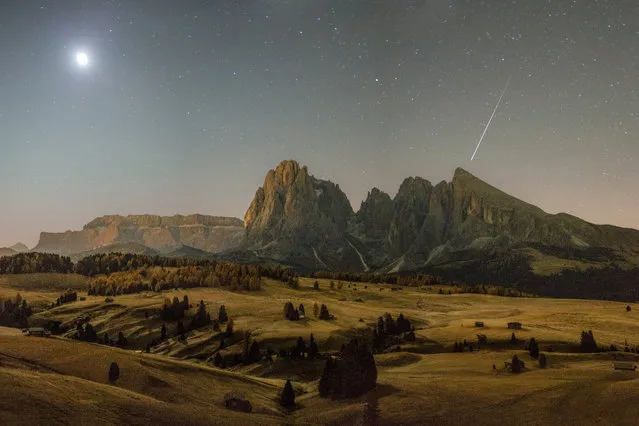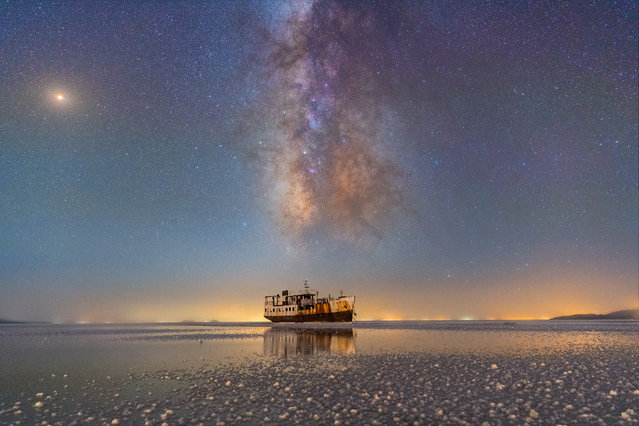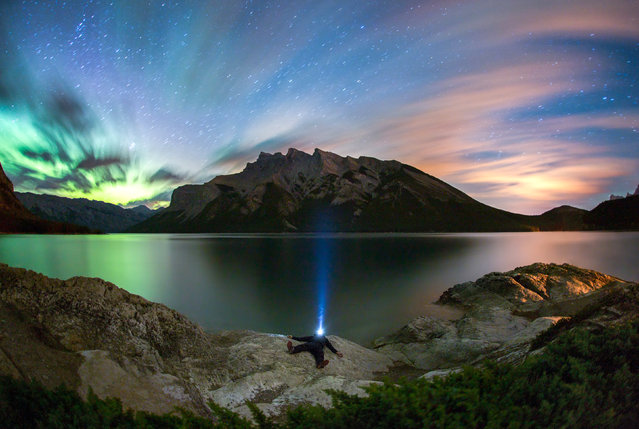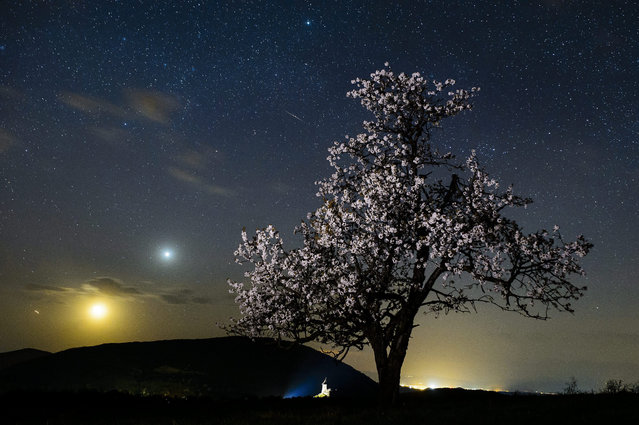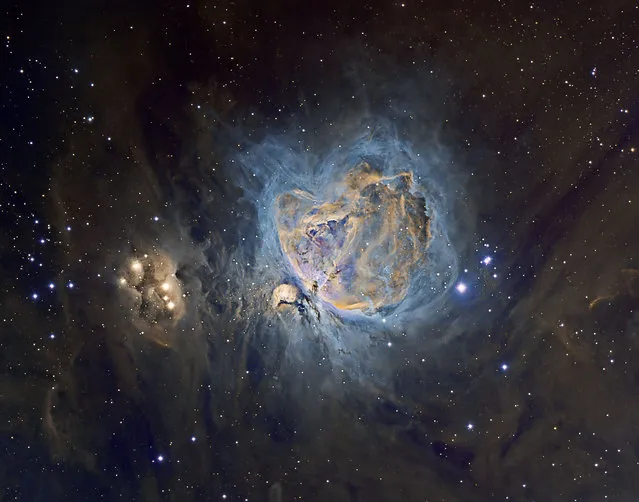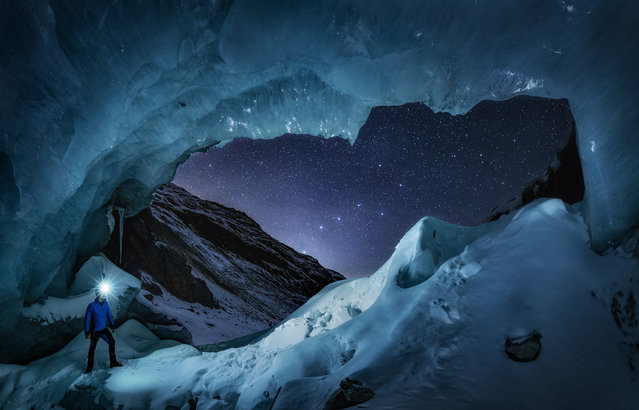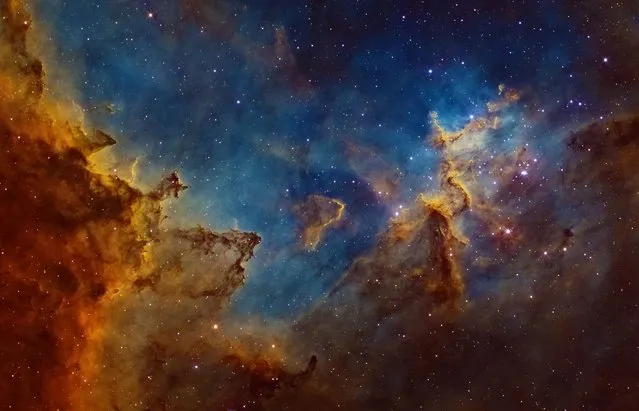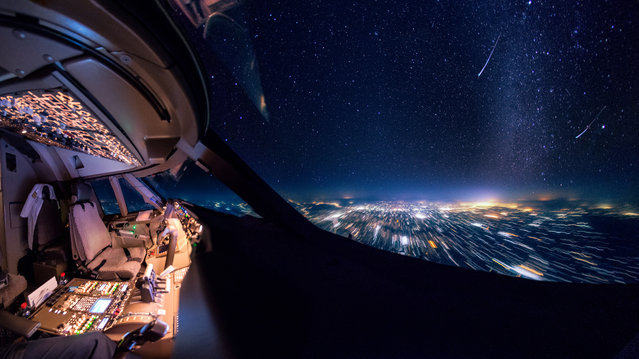
The Boeing 747-8 cargo plane pilot has seen thunderstorms, shooting stars and sunsets from up above the clouds and has looked down on mountaintops, carpets of cloud and cities lit up at night. The incredible pictures give a glimpse of the view from the pilots are treated to every day. Here: Shooting stars over India. (Photo by Christiaan van Heijst/Caters News Agency)
04 Jan 2018 08:23:00,post received
0 comments

